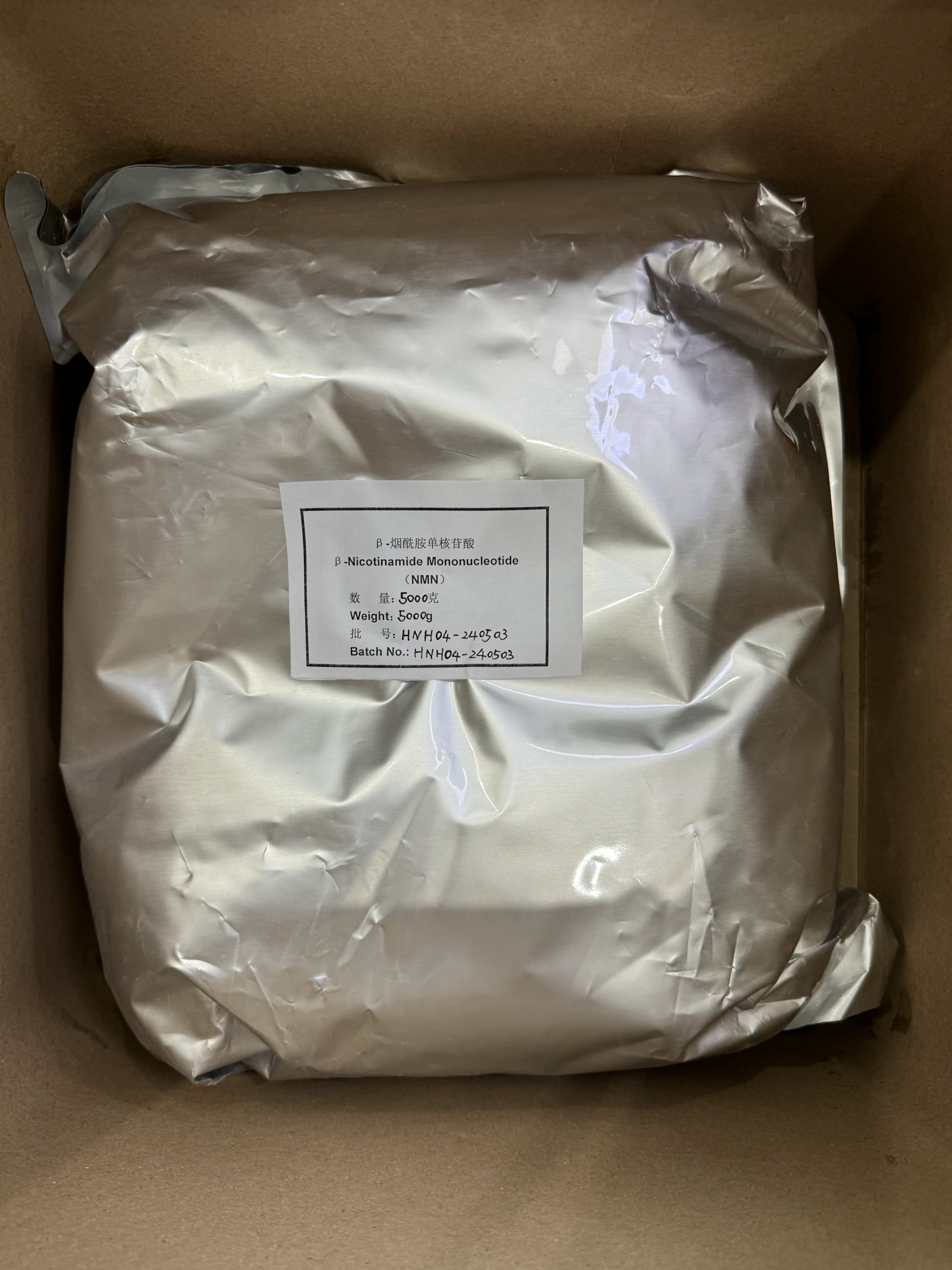



Calcium Ammonium Nitrate for Enhanced Plant Growth and Soil Health
Calcium Ammonium Nitrate A Comprehensive Overview
Calcium Ammonium Nitrate (CAN) is increasingly recognized as one of the most effective fertilizers in modern agriculture, harmonizing the benefits of both nitrogen and calcium in a single product. This compound is particularly advantageous for both natural and synthetic soil environments, promoting robust plant growth while minimizing ecological impacts. By examining its composition, benefits, application methods, and environmental ramifications, we can gain a comprehensive understanding of this essential agricultural input.
Chemical Composition and Properties
Calcium Ammonium Nitrate is a double salt, formed by the combination of ammonium nitrate (NH4NO3) and calcium carbonate (CaCO3) or calcium oxide (CaO). The resulting compound typically has a formula of Ca(NO3)2·NH4NO3·10H2O, which indicates its unique blend of macronutrients. The presence of both calcium and ammonium in its structure allows for optimal nutrient release, ensuring that plants can efficiently absorb the necessary elements for development.
As a soluble fertilizer, CAN dissolves in water, making it easily accessible to plants when applied to the soil. Its balanced nitrogen content, usually around 15.5% nitrogen, plays a key role in promoting vegetative growth, while calcium supports the structural integrity of cell walls, enhancing vascular development and aiding in the effective transport of nutrients throughout the plant.
Agricultural Benefits
The dual nutrient supply offered by Calcium Ammonium Nitrate translates into numerous benefits for farmers and gardeners alike. First and foremost, its high nitrogen content is particularly beneficial during the early growth stages of crops, facilitating rapid leaf development and overall biomass increase. This can lead to higher yields, an essential factor for meeting the burgeoning global demand for food.
Furthermore, the incorporation of calcium provides additional advantages. Calcium is vital for cell division and elongation, promoting stronger plant structures and enhancing resistance to diseases. It also contributes to improved fruit quality and shelf life, particularly in crops such as tomatoes and peppers, where calcium is crucial for preventing disorders like blossom end rot.
Another significant advantage of using CAN is its ability to reduce soil acidification compared to other nitrogen fertilizers. Many nitrogen sources, such as urea or ammonium sulfate, can lead to a decrease in soil pH, making it less hospitable for crops over time. CAN, on the other hand, helps to maintain a balanced pH level, supporting healthy soil microbiomes and promoting sustainable agricultural practices.
calcium ammonium nitrat

Application Practices
Calcium Ammonium Nitrate can be applied in various ways, including broadcasting, banding, or fertigation. Broadcasting is the most common method, where CAN is spread evenly across the field surface. This method is effective for promoting uniform nutrient distribution, especially in larger fields.
Fertigation, the practice of adding fertilizers to irrigation water, is particularly advantageous in precision agriculture. This method allows for real-time adjustment of nutrient delivery according to the specific needs of crops, improving nutrient use efficiency and reducing waste.
It's essential to apply CAN at the right growth stages for maximum efficacy. Generally, applications are recommended during key developmental phases, such as the early vegetative stage and prior to flowering, to optimize nutrient uptake.
Environmental Considerations
While Calcium Ammonium Nitrate provides numerous benefits, it also requires careful management to mitigate potential environmental impacts. Over-application can lead to nutrient runoff, contributing to water quality issues such as eutrophication in nearby aquatic systems. Additionally, although CAN has a lower risk of nitrogen loss through volatilization compared to other nitrogen sources, it is still crucial to implement best management practices to minimize environmental degradation.
Adopting soil tests before application can help determine the specific nutrient needs of crops and prevent excessive fertilization. Moreover, employing integrated nutrient management strategies can balance fertilizer application with organic sources and cropping practices that enhance soil health and sustainability.
Conclusion
Calcium Ammonium Nitrate stands out as a vital contributor to modern agriculture, providing essential nutrients that support plant growth while promoting sustainable practices. As the agricultural sector continues to adapt to the challenges posed by climate change and population growth, the thoughtful use of fertilizers like CAN will be crucial in achieving food security and environmental conservation simultaneously. By leveraging its benefits and addressing potential challenges, farmers can cultivate thriving crops that nourish communities worldwide.
-
Why Sodium Persulfate Is Everywhere NowNewsJul.07,2025
-
Why Polyacrylamide Is in High DemandNewsJul.07,2025
-
Understanding Paint Chemicals and Their ApplicationsNewsJul.07,2025
-
Smart Use Of Mining ChemicalsNewsJul.07,2025
-
Practical Uses of Potassium MonopersulfateNewsJul.07,2025
-
Agrochemicals In Real FarmingNewsJul.07,2025
-
Sodium Chlorite Hot UsesNewsJul.01,2025










